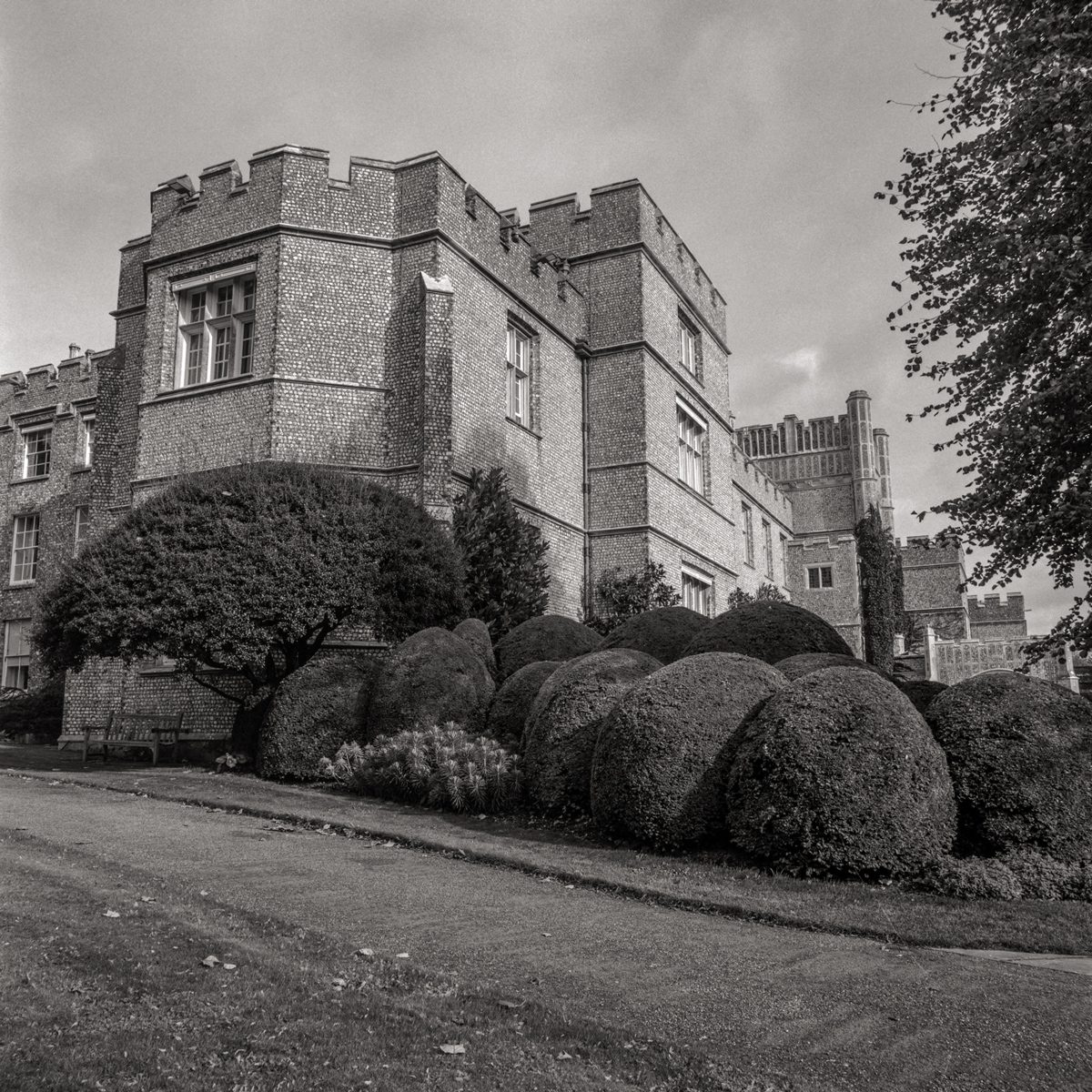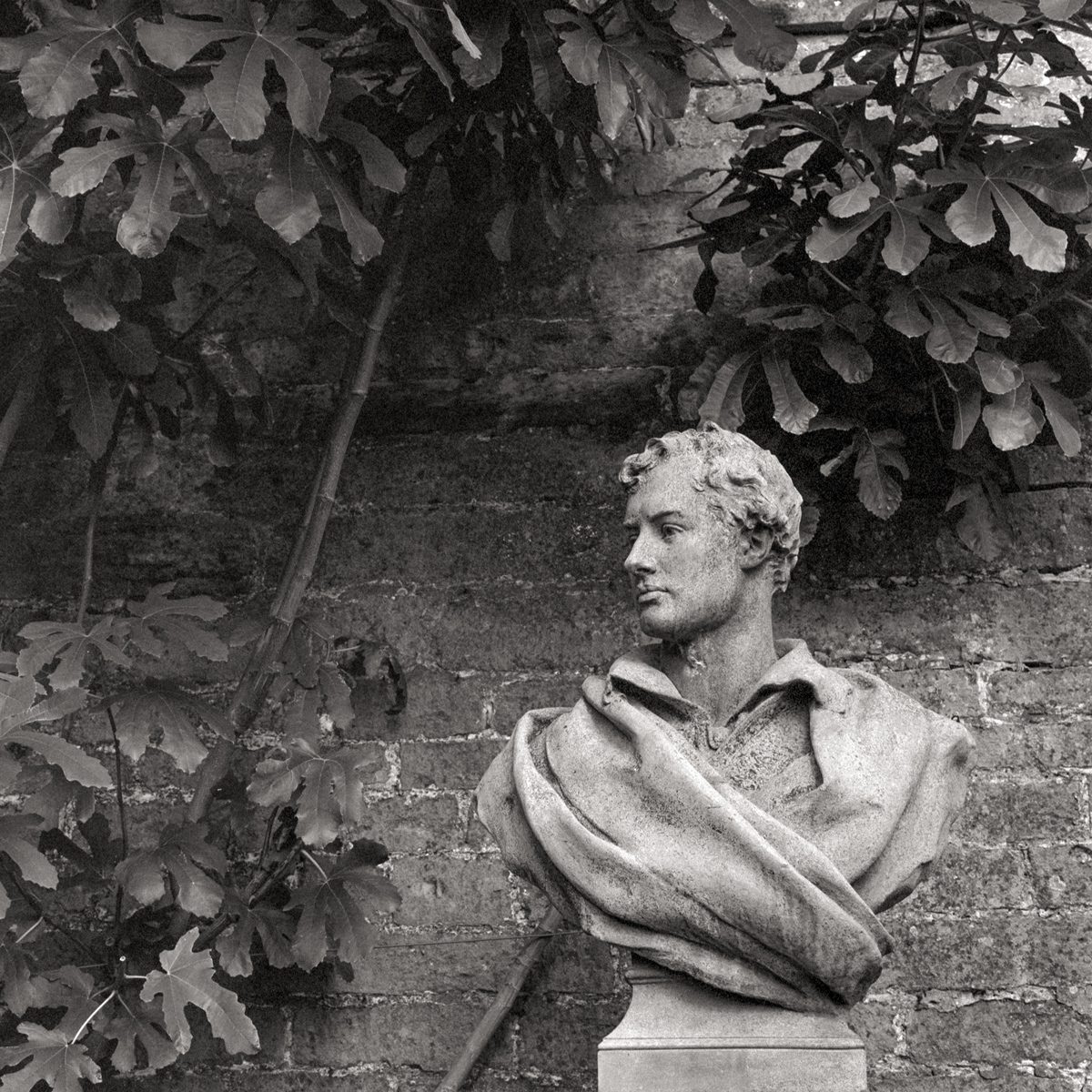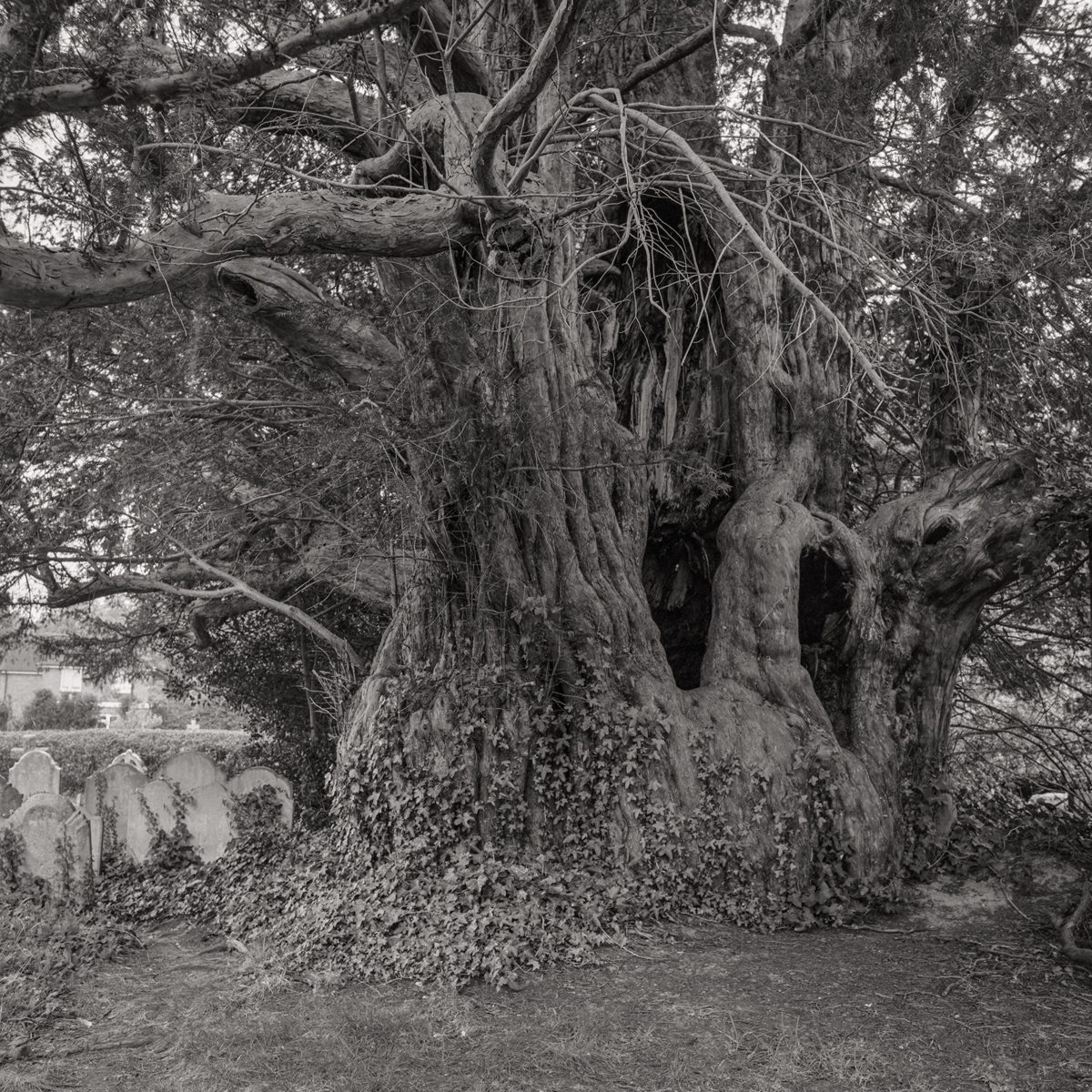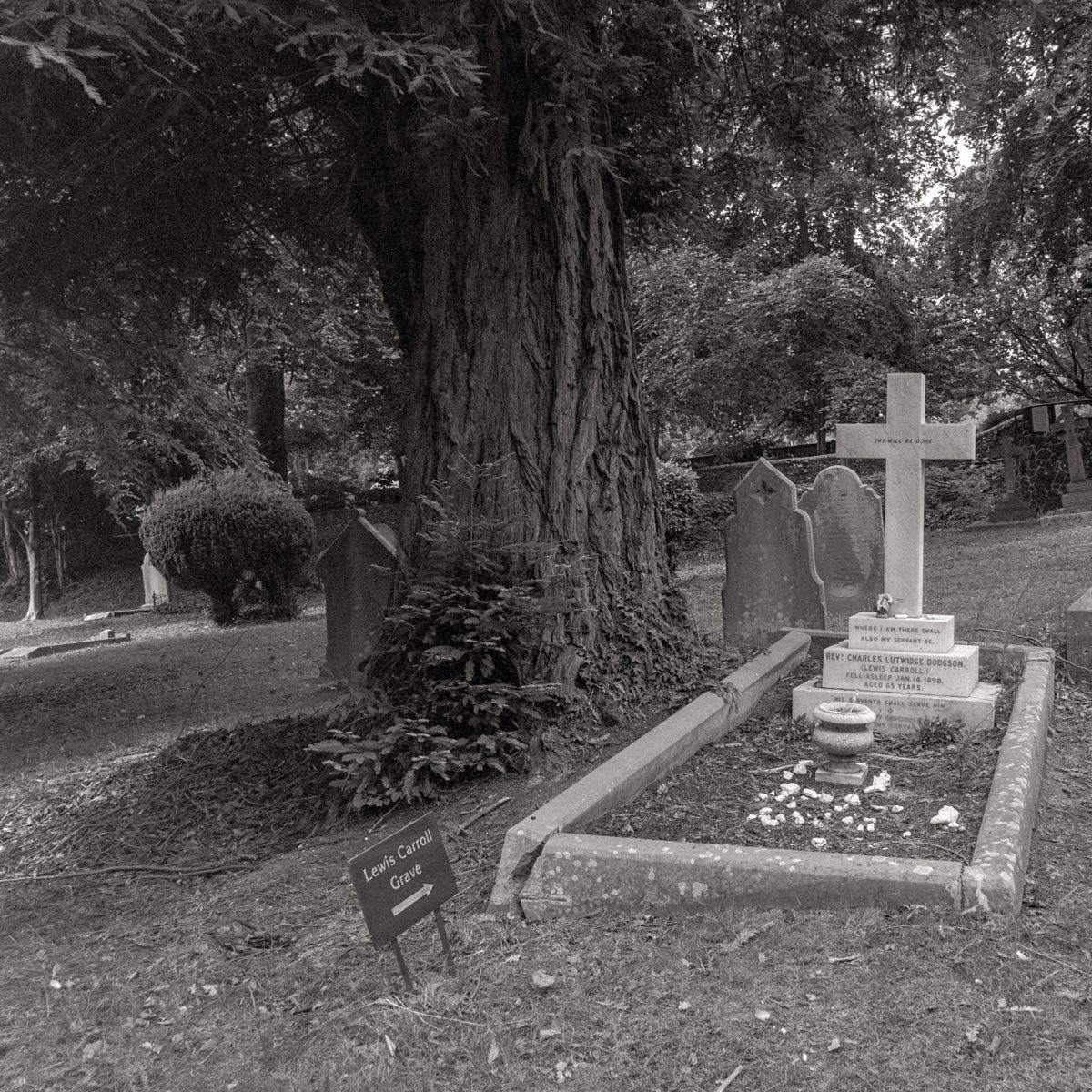In Focus - Bill Brooks Posted On 25th April 2023 To Magazine & In Focus

For our 68th In Focus interview, we speak to landscape photographer Bill Brooks. Bill enjoys photographing the landscape. He is particularly interested in how it has been affected by those who have gone before us and how it impacts the lives of those who occupy it today. His work is influenced by painters and writers as well as other photographers.
Section 1 - Background
Share your favourite image / print shot on ILFORD film and tell us what it means to you?
A recent favourite is Sullington Yew, from my current series, Taxus. The tree in this picture is around 1300 years old, almost certainly older than the church where it is situated. It is quite possible that the church was erected on the site of an earlier pagan place of worship associated with this tree. I love the fact that someone has placed a seat beneath the tree; an invitation to sit and rest in this serene, peaceful place. A nearby memorial stone reminds us that even today, the Yew continues to be seen as a symbol of life and afterlife.
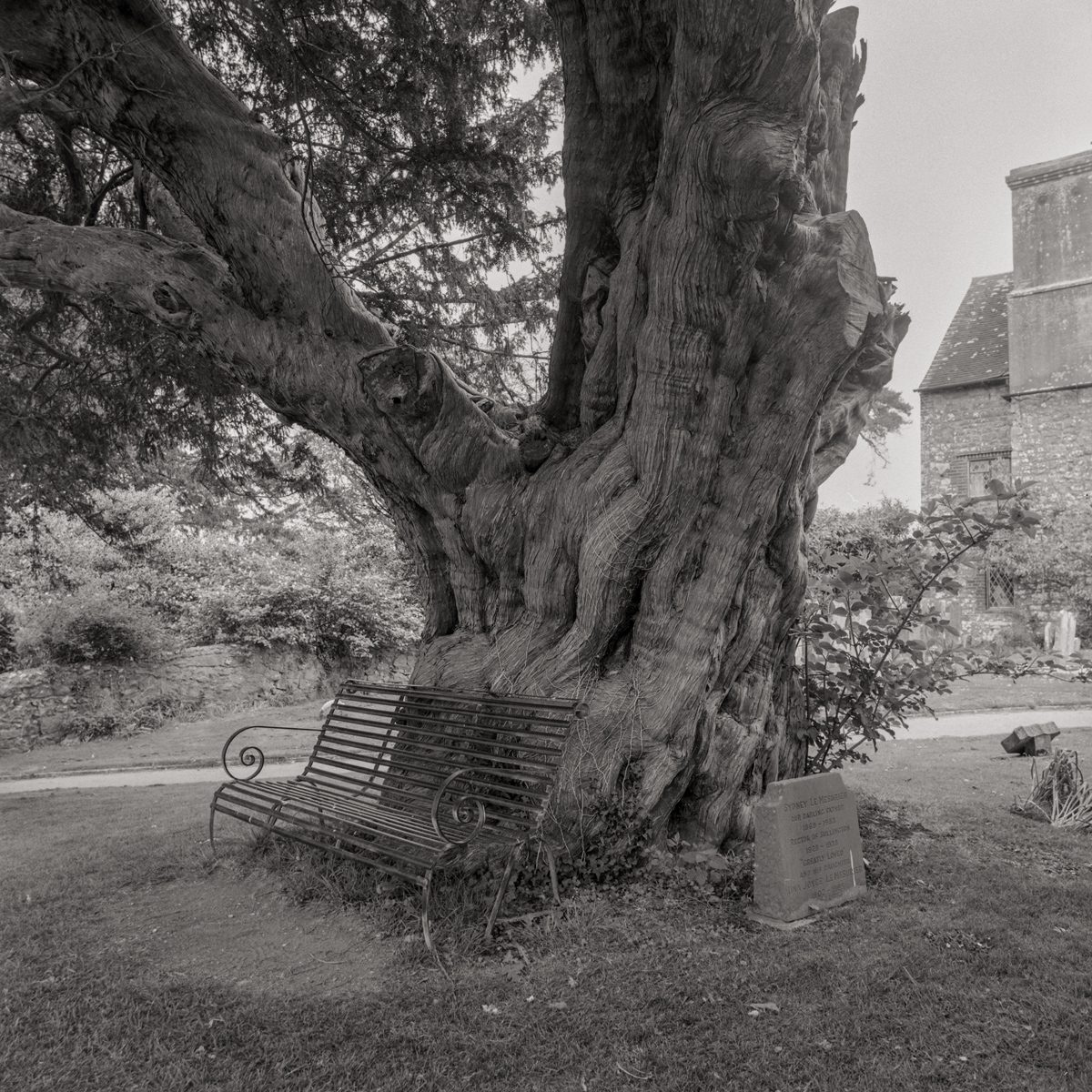
Sullington Yew
Just in case anyone doesn’t know who you are or what you do can you give us the overview?
I’m a photographer and printmaker based in Felpham, West Sussex. If I were to categorize my practice, I’d loosely describe myself as a landscape photographer. My work focuses not so much on the traditional pastoral, but the man-made landscape of today. I’m interested in how our landscape has been affected by those who have gone before us and how it impacts the lives of those who occupy it today.
How and why did you get started shooting film?
Like any photographer born prior to the millennial generation, all my photographs prior to the early 2000’s were made using film. Like many photographers I did move towards digital technology in the early 2000’s. After using digital cameras for about ten years, though, I started to miss the “craft” of working with film and handling tangible photographs. In 2018 I started studying for an MA in Photography at the University of Brighton, where I had the opportunity to use their excellent darkroom facilities; this inspired me to start working with film again. During covid, one of my fellow MA students opened a darkroom in Lewes, and since completing my MA, I’ve done all my printing there.
Who has been your biggest photographic inspiration to date?
Where do I start? I love looking at the work of other photographers (as well as landscape painters) and have found inspiration from many. Perhaps for now, I’ll highlight Jem Southam, who has been an important influence on my more recent work. Above all, I love his extraordinary ability to find meaning and beauty in the small fragments of our landscape. Thousands of people will have walked past places that Jem Southam photographed – but he is the one who saw the potential to pause and really look. Having listened to him talk about his work, I understand that the longevity of his projects, together with the familiarity of place that this brings, are a vital part of his way of working. That process of slowing down, and re visitation, are something that I am now trying to embed in my own practice.
What is the best piece of photography tip or advice you have ever received?
Forge your own path in areas you are passionately interested in. And don’t feel obliged to justify your work or to explain it to others.
What film photography related projects are you currently working on (or are in the pipeline)?
My current project is called Taxus; it looks at the Yew Tree (Taxus baccata) and its place in our culture and mythology. Yew trees have existed for some 140 million years, with the current European species, Taxus baccata, being at least fifteen million years old. Individual trees can live to extraordinary ages, up to five thousand years, and are one of the longest-lived tree species on our planet. Almost all parts of the Yew tree are extremely toxic. This combination of the Yew’s longevity and toxicity has given the tree a special place in human culture, a symbol of death and rebirth in many cultures around the world.
The first phase of my project focuses on individual specimens of the tree, particularly those classified as “Ancient” (defined by having a girth of over seven metres, and a corresponding age of around 1000 years). Most of these photographs are taken in my home county of Sussex.
The phase I am currently working on explores the associations of the Yew within art and literature. The Yew features in the works of many artists and writers - Shakespeare, Wordsworth, Byron, Goethe and T S Eliot are just a few names amongst many. Some of the photographs shown in this article are taken from Newstead Abbey, where Lord Byron frequently took walks along an avenue of Yew trees, as well as admiring examples of Yew topiary in his more formal gardens. In Alice’s Adventures in Wonderland, Alice’s disappearance into a hollow tree after the Mad Hatter’s tea party was supposedly based on a real adventure in Iffley churchyard. The author of that now famous story, Lewis Carroll, is buried beneath a Yew tree in Guildford.
What / where is your next shoot and how do you decide what film / kit you will use?
I am currently looking for opportunities to photograph the use of Yew wood in making human artefacts, particularly longbows, musical instruments, and furniture. If any ILFORD readers can help me in this regard, I would be most grateful! For this next phase, I will continue to use my Hasselblad, loaded with ILFORD Delta 100.
What are your photographic goals going forward?
Having retired, I’m in the fortunate position of not having to rely on my photographic practice to make a living. My goals are therefore purely personal. For my current series on the Yew, I would like to find opportunities to exhibit elements of the work in group shows, as the project progresses. When I finally finish the work, I would love to exhibit it as a solo show. I would also like to realise the final work as a photobook.
- Yew Topiary, West Dean House
- The Poet
Section 2 - Shout outs
We all need a bit of inspiration and love so this is your chance to tell the community about yours – from the film photographers whose work inspires you, the labs you trust with your film, your ‘go to’ film photography stockists, your favourite community darkrooms or just anyone in the community who you feel deserves a special mention.
Give a shout out to your 3 favourite film photographers.
Paul Hart (@paulhartartist) - I love Paul Hart’s quiet understated b/w landscape work. His photobooks of the East Anglian fens are wonderful.
Torz Dallison (@torz_dallison) - Torz’ recent large format series, The Robin, is a beautiful personal story of love and loss, mothers and daughters.
Louise Coates (@louiseinthedarkroom) - I’ve just started following Louise Coates who is producing some very different cameraless work.
Give a shout out to your favourite photography YouTube channels.
Whilst I use YouTube as a learning resource from time to time, I don’t follow any channels on a regular basis. Sorry, ILFORD, not even yours!
Give a shout out to your favourite photographic retailers.
I buy almost all my film, chemicals and paper from Firstcall Photographic. They have a large catalogue of equipment and materials, they’re competitive on price and always dispatch my orders quickly.
www.firstcall-photographic.co.uk
Give a shout out to your favourite lab service, if you have one.
Whilst I do all my film processing at home, I print my work in a darkroom recently opened by a photographer friend from my MA studies, Torz Dallison. It’s in a seventeenth century cellar beneath a beautiful gallery in Lewes, a space that Torz shares with her friend, jeweller and goldsmith, Abby Mosseri.
71 Lewes, 71 High Street, Lewes, BN7 1XG.
torzdallison.com/b-w-darkroom.
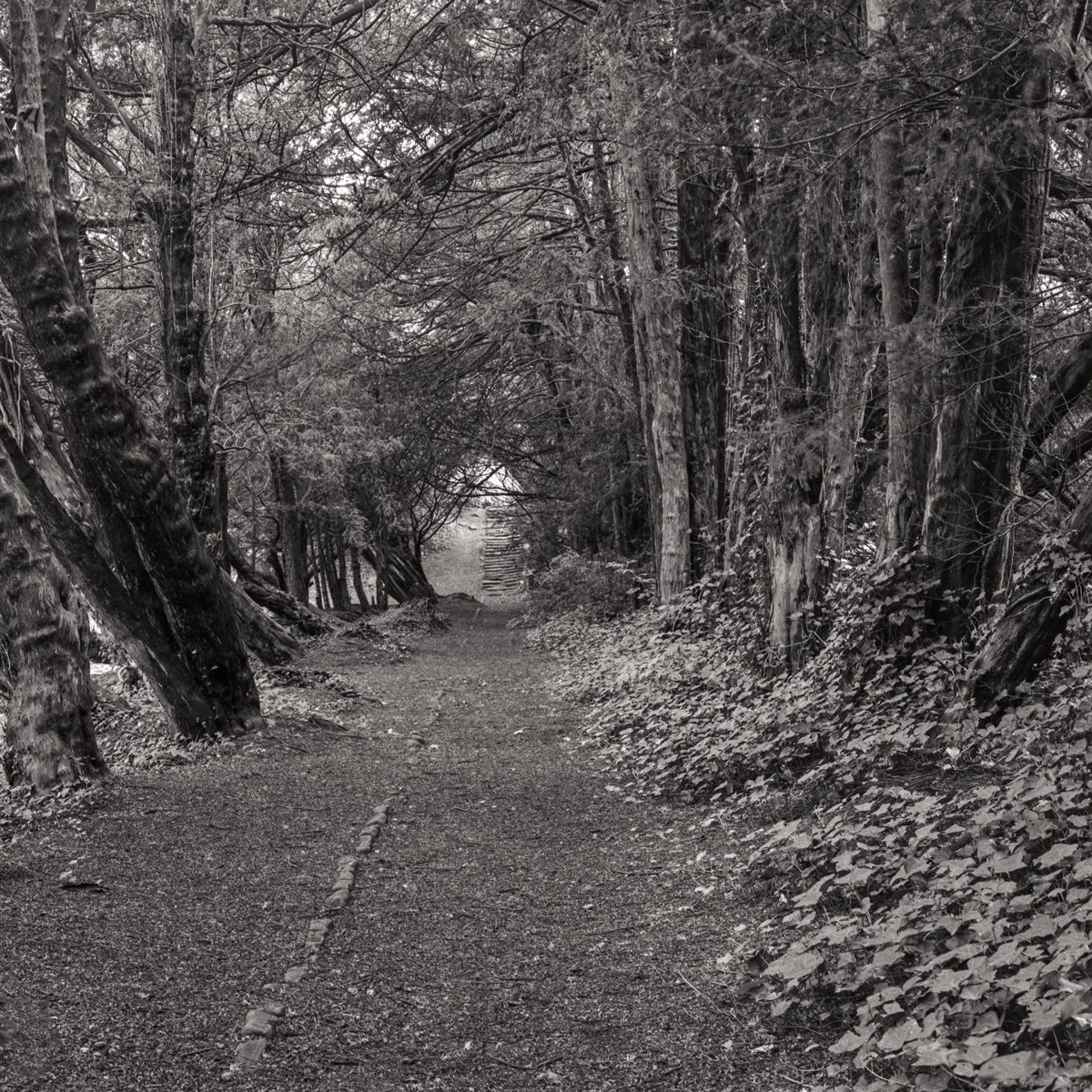
Byron's Walk
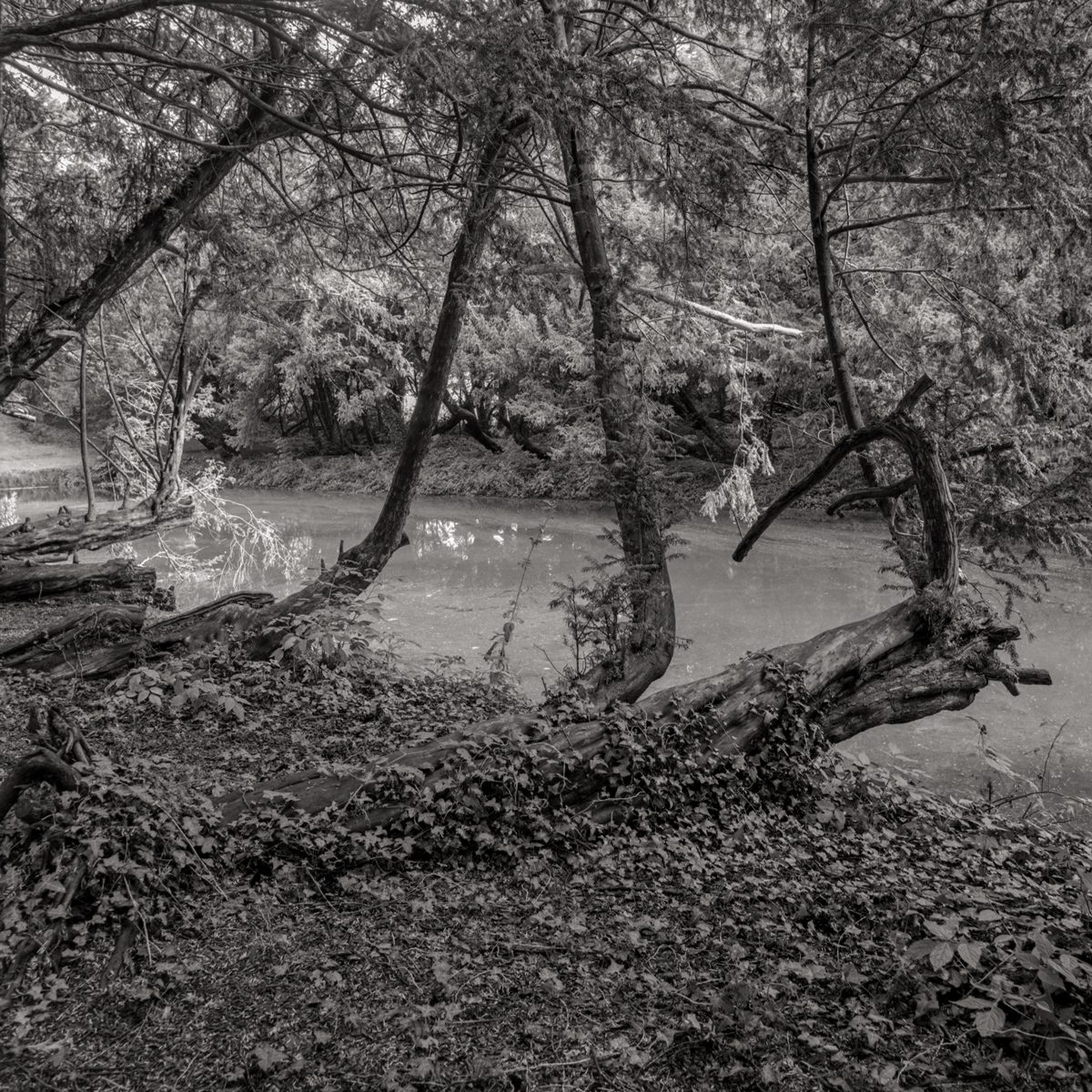
Byron's Pool
Section 3 - Favourite kit
What film cameras do you own and which is your favourite?
The camera I use for most of my film-based work is a Hasselblad 503CW. With this, I use two lenses, an 80mm f/2.8 Carl Zeiss Planar and a 50mm f/4 Distagon. The camera was made in 2004 and even though it’s one of the most recent film cameras made, it’s completely manual with no electronics and no batteries. The design is a classic and the body is compatible with virtually every other bit of Hasselblad kit ever made – even the most recent medium format digital back. The engineering quality is superb, the viewfinder is bright and it’s a simply a joy to handle.
Aside from your camera, lenses and film what accessories make it into your camera bag?
Just the basics: a lightmeter, a couple of filters and a cable release. Unless I’m anticipating strong winds, I use the lightest tripod I can carry, a Peak Design carbon fibre travel tripod.
What is the best piece of photography kit you have found or been gifted?
My enthusiasm for photography started with my first camera. This was an Agfa Iso-Rapid, a simple point-and-shoot, given to me as a child in the 1960’s, by my grandfather.
As this is an ILFORD interview it would be remiss of us not to ask about your favourite ILFORD products. Tell us you favourite ILFORD film, paper or chems and why?
My favourite film is ILFORD Delta 100, which I love for its fine grain and excellent tonality. I develop this in Ilfosol 3 using the recommended dilution and time. My most recent work has all been printed on ILFORD Warmtone FB Gloss paper.
- Coldwaltham Yew
- Lewis Carroll Grave
And finally…
Nominate one other person you think should fill in this form and we will reach out to them.
I would like to nominate photographer Andy Lloyd, @andylloyd.web
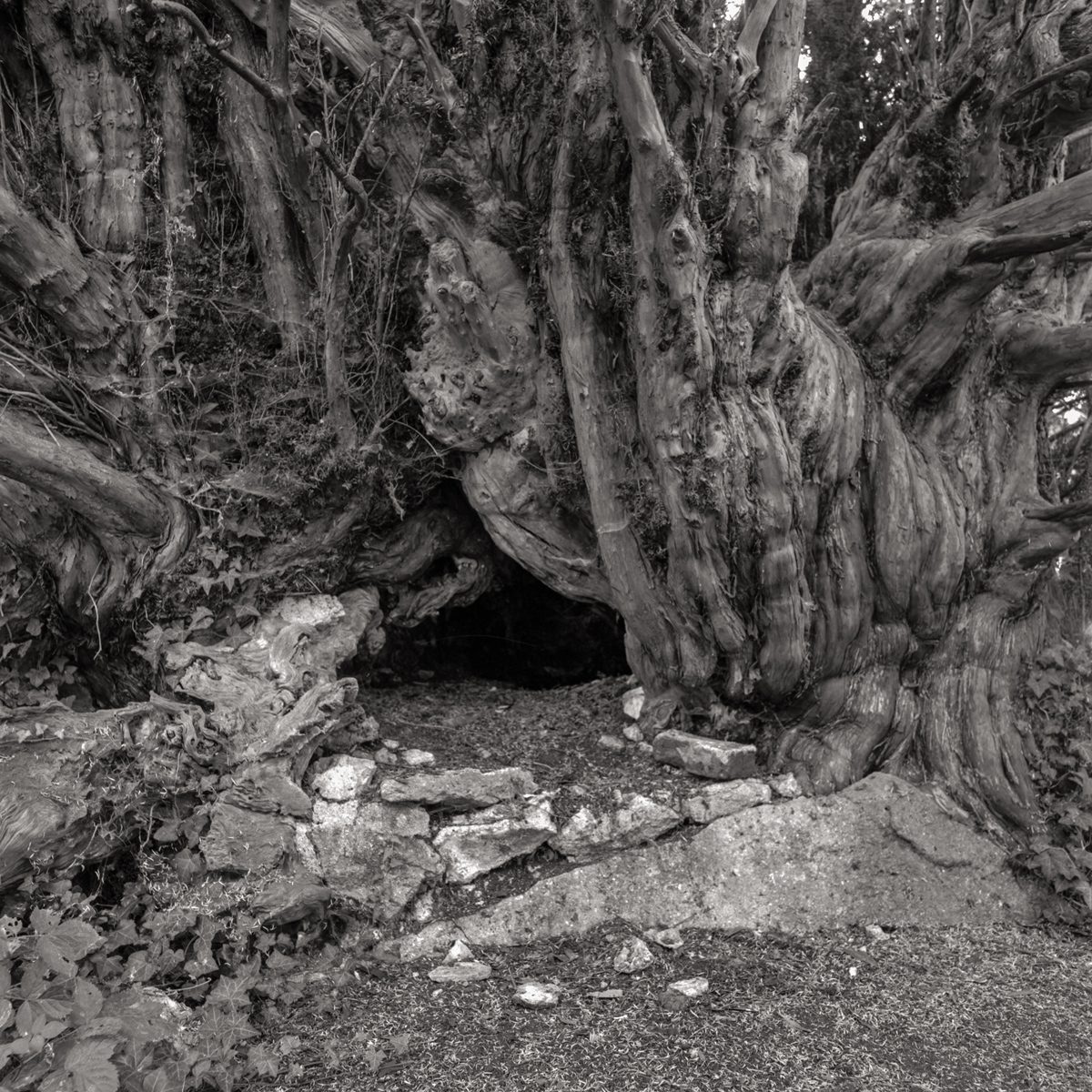
Alice's Tree
A few details:
All the photographs were shot using my Hasselblad medium format camera using Carl Zeiss Distagon 50mm f/4 and Planar 80mm f/2.8 lenses.
Sullington Yew: Sullington, West Sussex, shot on ILFORD Delta 100
Lewis Carroll Grave: Guildford, Surrey, ILFORD HP5+
Coldwaltham Yew: Coldwaltham, West Sussex, ILFORD Delta 100
Alice’s Tree: Iffley, Oxfordshire, ILFORD Delta 100
Byron’s Walk: Newstead Abbey, Nottinghamshire, ILFORD Delta 100
Byron’s Pond: Newstead Abbey, Nottinghamshire, ILFORD Delta 100
The Poet: Newstead Abbey, Nottinghamshire, ILFORD Delta 100
Yew Topiary: West Dean House, West Sussex, ILFORD FP4+
© Bill Brooks







